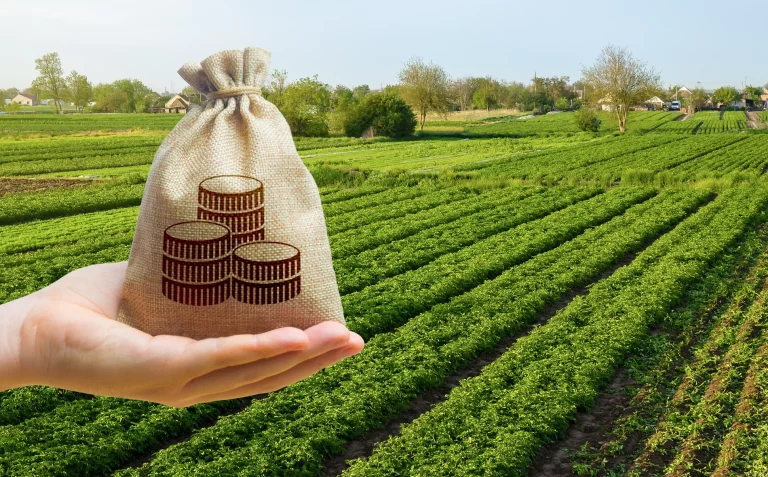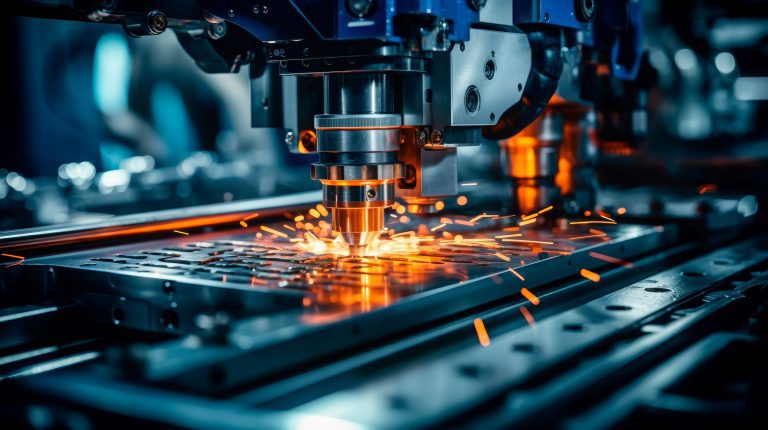When it comes to modern manufacturing, precision and efficiency are paramount. The right machining method can make or break your project, whether you’re producing automotive parts, electronics, or custom furniture. Among the most commonly used machining techniques are CNC drilling and milling. These computer-controlled processes can deliver high levels of accuracy and repeatability, but they serve distinct purposes. By understanding the differences and advantages of each, you can decide which is best for your specific needs. Read on to learn which machining technique is right for your project. What Is CNC Drilling? CNC drilling focuses on creating precise holes in a material. Using automated control, this process can ensure that every hole is positioned exactly where it needs to be, with uniform depth and diameter. Some key features of CNC drilling include: As such, using a CNC drilling service can be an excellent option. It’s often the go-to solution for projects that require accurate and efficient hole creation. Whether you need straight-through holes, countersinks, or complex patterns, this service is indispensable for many industries. Common Applications of CNC Drilling CNC drilling plays a critical role across various industries due to its precision and efficiency. In electronics, it’s indispensable for manufacturing circuit boards, which demand a high volume of small, intricately positioned holes to accommodate components and wiring. In construction and carpentry, CNC drilling ensures accuracy in creating consistent joinery points, such as dowel holes and screw placements, which are crucial for structural stability and aesthetic appeal. Its versatility makes it an essential tool for projects requiring precise and repetitive hole creation. What Is CNC Milling? CNC milling, on the other hand, is a machining process that removes material from a workpiece to shape or finish it. Unlike drilling, which is specifically designed for creating holes, milling offers a broader range of capabilities. Some key features of CNC milling include: With these features, you can get the most out of this machining technique for your project. Common Applications of CNC Milling CNC milling is a cornerstone in industries such as aerospace, automotive, and custom manufacturing, thanks to its ability to produce highly detailed and precise components. In aerospace, it’s essential for crafting complex parts like turbine blades and structural components that demand tight tolerances. The automotive industry also relies on a milling machine to create engine parts, transmission systems, and intricate designs for custom features. Additionally, milling excels in manufacturing molds and prototypes by enabling the creation of unique shapes and contours for innovative designs. CNC Drilling vs. Milling: The Key Differences While CNC drilling and milling share similarities in their reliance on computer control and precision, their fundamental purposes and capabilities set them apart. Some key differences include: Purpose Drilling is primarily used for creating holes with high accuracy, whereas milling is focused on shaping and finishing materials, enabling the creation of intricate patterns and designs. Tooling Drilling machines typically use single-point drill bits, while milling machines utilize rotating cutting tools like an end milling cutter or ball nose cutters, which can move along multiple axes. Complexity Drilling is straightforward and best suited for repetitive, hole-centric tasks. On the other hand, milling offers more flexibility for creating complex geometries and patterns. When to Use CNC Drilling If your project primarily involves creating holes, a CNC drilling service is likely the best choice. This is particularly true for high-volume tasks where consistency and speed are crucial. For example, furniture manufacturers use an CNC drilling process to produce precise holes for dowels and screws. Similarly, the electronics industry relies on CNC drilling for creating intricate circuit boards. When to Use CNC Milling CNC milling is better suited for projects that require detailed cutting, shaping, or finishing. For example, when developing a prototype, a milling machine allows for intricate designs and precise shaping. On the other hand, milling offers the flexibility to achieve the desired outcome if you need custom components with unique geometries. Combining CNC Drilling and Milling Many projects benefit from a combination of both processes. For instance, a CNC drilling machine might be used in the automotive industry to create mounting holes, while milling shapes the part’s overall structure. Combining these techniques ensures that both functionality and design requirements are met efficiently. Choosing the Right Process for Your Project When deciding between CNC drilling and milling, consider the following factors: By considering these factors, you’ll know whether drilling or milling is the appropriate process for your project. Conclusion CNC drilling and milling are indispensable tools in modern manufacturing, each serving unique purposes. A CNC drilling service is ideal for precise and efficient hole creation, while milling offers the flexibility needed for intricate shaping and design work. By keeping the information mentioned above in mind, you can make an informed decision that aligns with your project goals. Whether you choose drilling, milling, or a combination, the right CNC machining technique can elevate the quality, precision, and efficiency of your production process.







